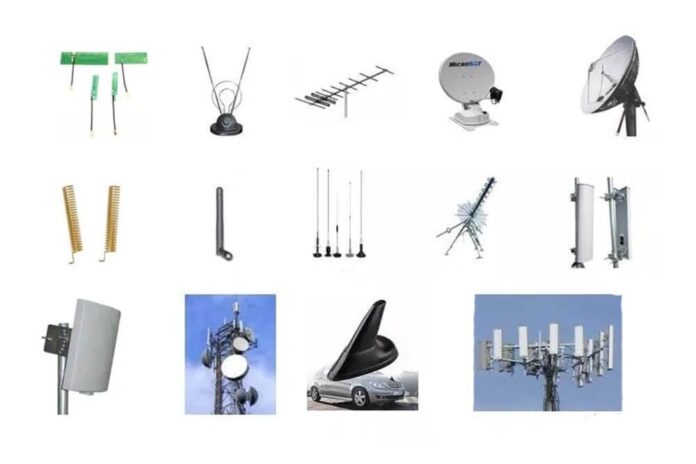RF antennas play a crucial role in wireless communication systems by transmitting and receiving radio frequency signals. These antennas are designed to convert electrical signals into electromagnetic waves and vice versa. This article will explore the world of RF antenna, their types, applications, and the importance of choosing the right antenna for your wireless communication needs.
What is an RF Antenna?
An RF antenna is a device that enables the transmission and reception of radio frequency signals. It converts electrical currents into radio waves and vice versa, allowing wireless communication. RF antennas are used in various applications, including wireless networks, cellular communications, radio broadcasting, and satellite communications.
Types of RF Antennas:
Several RF antennas are available, each with its characteristics and applications. Some common types include:
Dipole Antenna:
This basic antenna design consists of two conductive elements extending in opposite directions. It is widely used in radio and television broadcasting due to its omnidirectional radiation pattern.
Yagi-Uda Antenna:
Also known as a directional antenna, it consists of multiple elements arranged in a specific pattern. Yagi-Uda antennas provide high gain and direct the radiation pattern in a specific direction.
Patch Antenna:
These antennas are flat and compact, making them suitable for applications such as wireless routers, mobile devices, and RFID systems.
Parabolic Dish Antenna:
This antenna uses a curved reflective surface to focus radio waves towards a central point, resulting in high gain and long-range communication.
Helical Antenna:
This spiral-shaped antenna is commonly used in applications requiring circular polarization, such as satellite communication and wireless systems.
Importance of RF Antennas:
RF antennas are vital components in wireless communication systems. They enable the transmission and reception of signals over long distances, ensuring reliable and efficient communication. The performance of an RF system heavily depends on the quality and suitability of the antenna. A well-designed antenna can improve signal strength, increase coverage area, and reduce interference, resulting in better system performance.
Applications of RF Antennas:
RF antennas find applications in various industries and technologies. Some common applications include:
Wireless Networks:
RF antennas are use in Wi-Fi routers, access points, and client devices to enable wireless connectivity.
Cellular Communications:
Antennas are use in cellular base stations and mobile devices for transmitting and receiving signals in cellular networks.
Satellite Communications:
RF antennas play a crucial role in satellite communications systems, facilitating the transmission of signals between ground stations and satellites.
Radio Broadcasting:
Antennas are used in radio broadcasting stations to transmit signals over large areas, ensuring wide coverage and signal clarity.
RFID Systems:ncy identification systems to read and write data to RFID tags in inventory management and access control applications.
Choosing the Right RF Antenna:
When selecting an RF antenna, several factors need to be consider:
Frequency Range:
RF antennas are use in radio frequency. Choose an antenna that supports the frequency range required for your application.
Gain:
Consider the antenna’s gain, which determines its ability to radiate or receive signals effectively.
Directionality:
Determine whether you need an omnidirectional or directional antenna based on your coverage requirements.
Environmental Conditions:
Consider weather conditions, obstructions, and mounting options to select an antenna that can withstand the environment.
